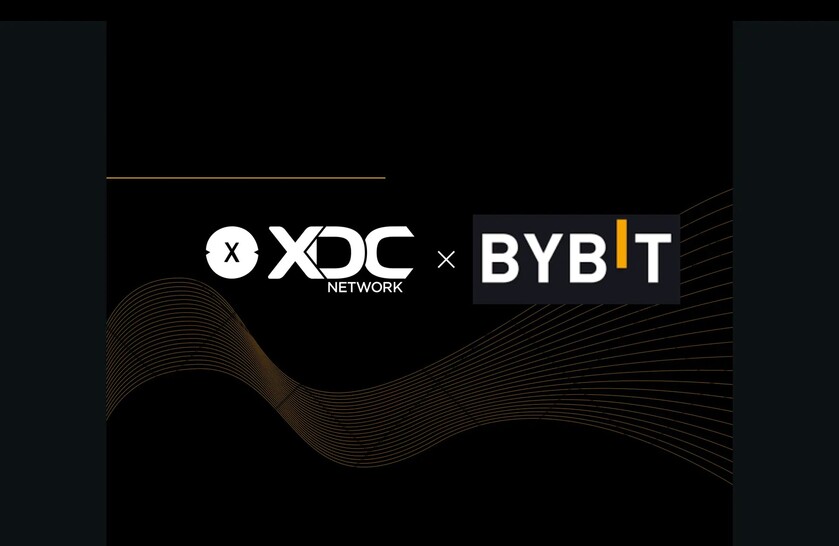Today the Federal Reserve Bank of New York’s New York Innovation Center (NYIC) and the Monetary Authority of Singapore (MAS) published the findings of their cross border CBDC experiment. The Project Cedar Phase II x Ubin+ (Cedar x Ubin+) simulations found that wholesale CBDC using DLT can reduce settlement times and risk.
This particular trial focused on the interoperability of domestic wholesale CBDC systems with different DLT architectures. It targeted transactions involving relatively illiquid currencies which require one or two intermediary currencies for settlement. This means that payments span across multiple central bank ledgers.
There have been several cross border CBDC experiments to date. Some of them, such as Singapore’s Project Dunbar, MBridge and Icebreaker, use a common hub. However, in Icebreaker’s case, the role of the hub is limited, so it supports domestic CBDCs with different architectures.
Instead, the Cedar x Ubin+ experiment eschewed any centralized platform supporting both interoperability and autonomy. It enabled atomic settlement in near real time between differently designed DLT wholesale CBDC systems. At a technical level, it used hashed timelock contracts (HTLC) for interoperability.
“The Cedar x Ubin+ experiment envisages a future digital currency landscape where central banks can enable interoperability of wholesale CBDCs to facilitate more efficient cross-border payment flows including for less liquid currencies, without requiring a common infrastructure,” said MAS Deputy Managing Director Leong Sing Chiong.
Cross border CBDC pain points
The two key pain points targeted were settlement risk and settlement timing. Settlement risk is best addressed through payment versus payment (PvP) mechanisms where the two currency legs are exchanged simultaneously. However, the leading CLS platform for FX settlement supports only 18 currencies, although other regional FX settlement hubs exist.
The BIS recently found that $2.2 trillion of FX transactions daily does not use PvP. Singapore is the third most exposed jurisdiction for this settlement risk. This risk influences the cost of cross border payments.
A lack of overlap in opening times between settlement systems partly causes settlement delays. The other major delay factor – compliance – was not in scope for the trial.
CBDC trial limitations
The compliance point is relevant because this trial still uses the correspondent banking system by design, and the intermediaries are often responsible for delays.
Avoiding a centralized platform for the wholesale CBDC aspect has several advantages, including more limited demands for governance and greater flexibility in the domestic wholesale CBDC design. However, creating bilateral linkages can be inefficient. With a central hub, there is one integration to maintain, potentially connecting to dozens of central banks. With bilateral linkages, interoperability with a dozen central banks requires a dozen links that need maintenance.
Detailed findings – still some settlement risk
The simulations resulted in an average of 6.5 payments per second, peaking at 47 payments per second. Increasing the number of central bank ledgers to enable alternative settlement routes increased performance by 50%.
Given the target of the trials were multi-hop payments, a payment from one currency to another with two intermediary currencies requires four payment legs. While each leg might settle atomically, one leg can fail after others succeed, so settlement risk is not eliminated.
Additionally, the solution allowed any party to the transaction to have visibility of the entire payment, including payment legs to which they were not a party. However, privacy mechanisms such as zero knowledge proofs could address this, although they might impact performance.
Meanwhile, this project is part of multi-faceted research by both the NYIC and MAS. New York already published the results of Cedar I for cross border CBDC. It is coming to the end of experiments with the Regulated Liability Network for integrating a wholesale CBDC with commercial bank digital currencies.
MAS completed its multiphase Project Ubin CBDC research years ago. Ubin+ focuses on cross border CBDC. Apart from cross border experiments such as this one, it is involved in Project Mariana exploring DeFi for foreign exchange (FX) and is engaged in SWIFT’s CBDC Sandbox to integrate CBDC with conventional payment systems.



























